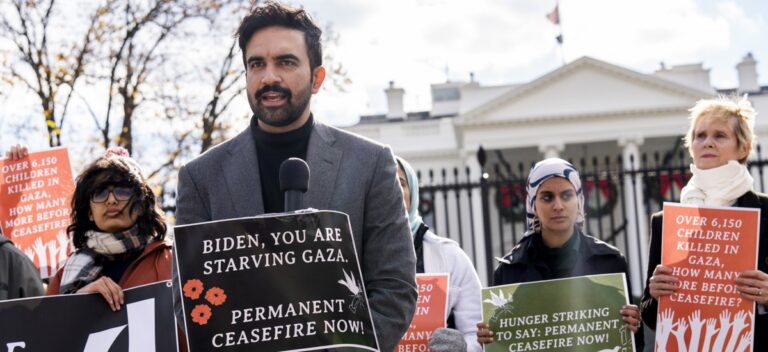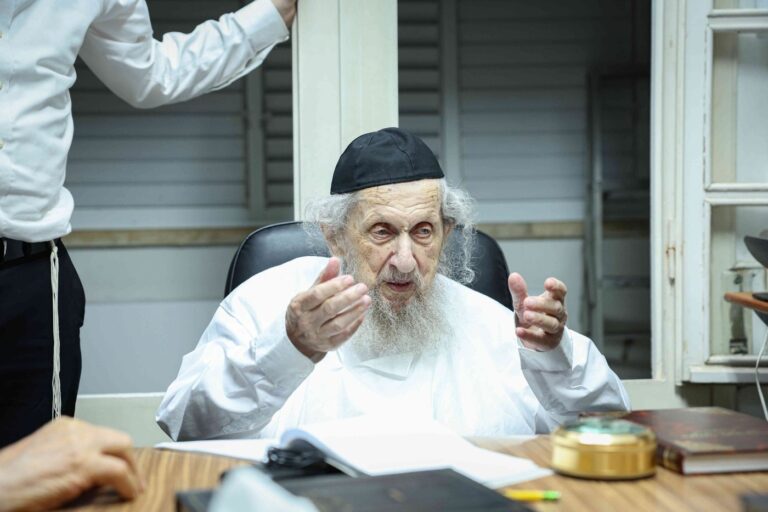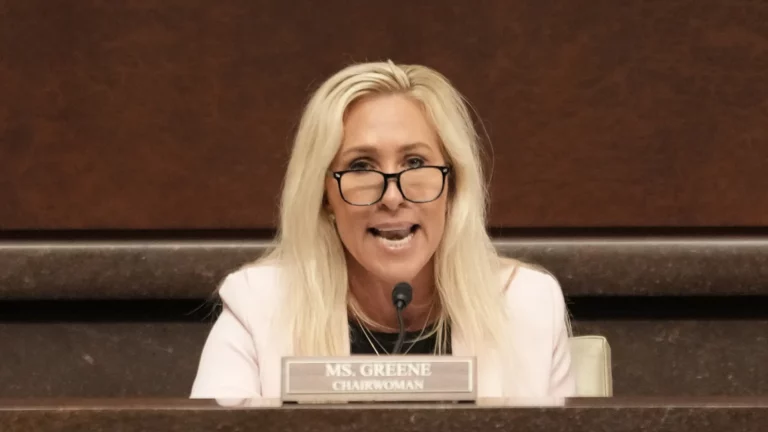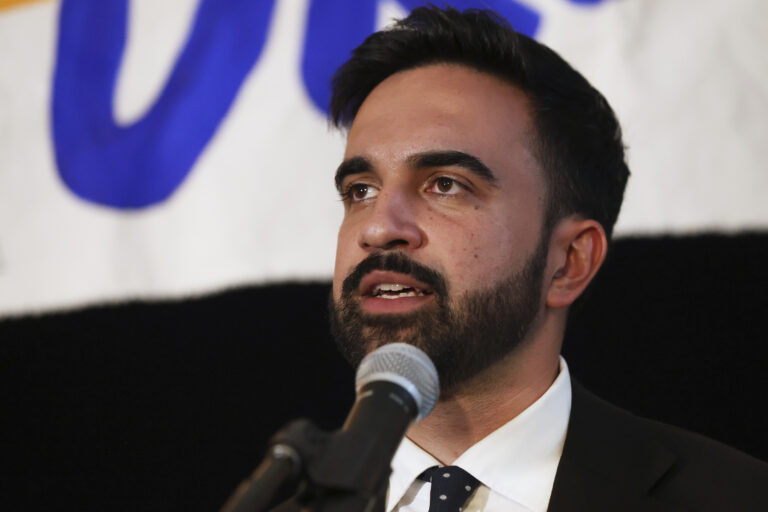I write the following letter not as if I know anything more than anyone. Many points in this letter are stated as facts that nobody will disagree with. The final few questions are what’s really troubling me.
As issue existing in different cities, towns and communities, especially ones that are KA”H growing quickly, is the issue of physical space in some schools.
We’ve heard and seen much talk on this issue. Besides the “famous speech” that took place in Lakewood a couple of years back, there have been endless amounts of articles, comments and speeches on this issue. Many over the years have pointed fingers and blamed Administrators, Principals and Board Members.
Senseless Terminology we’ve heard, range from “gaiva gaiva gaiva”, to things like “power hungry, “controlling”, “money hungry” and other senseless terms, in my opinion.
Now to “The Flip Side”. With all the pressure and pushing etc; there are some schools that should I say, have responded? I have heard from credible sources that a school in my area, (and probably others as well) have accepted enough students to BE”H have 30+ students in their Primary classes come this September.
Just to break that down into simple English, the little 6 year old children will be attending class with 30 other children. The Rebbe/Teacher/Moroh will be attempting to teach Aleph Bais and then Kriyah to 30 children at once. Hopefully if they’re lucky, there will be an assistant. Rest assured though, that the following years there will be no assistant and it will be and 1:30 ratio of Rebbe to Talmid, Moroh to Talmidah for the remaining years in school.
There’s another point which can be verified by speaking to anyone in Chinuch. Unfortunately, in our existing schools, 1 out of every 5 children, or shall I say 20% of children need some extra attention or help. The cause for this many times, although it’s irrelevant for this letter, may be due to a serious illness in the family, a sibling dealing with other real crisis and/or a serious marriage problem in the family. Besides many of the children that are just simply born with an array of different learning and behavioral problems.
So now in a class of 30 children, we could pretty much assume that 6 children will be needing more personalized and customized attention and help. One real loaded question is, does the Rebbe/Moroh risk 24 other students and give more than the average amount of time to the 6 that need more help? Or do they unfortunately have to concentrate mainly on the 24 regular kids that also need full time attention? And for a minute, even forgetting about any special needs children. Even in a class of 30 Metzuyanim, will a 13 year old boy or girl in 8th grade, be able to have any kesher at all with the Rebbe/Moroh? Is this what we really asked for? Are we doing justice to our children by putting them into such conditions? Don’t get me wrong for a minute. I’m not in any way downplaying the serious issue of space and the repercussions of C”V not being able to accept all the applicants to any school, but is the “Flip Side” the proper alternative?
Sincerely,
Chaim Goldstone.
NOTE: The views expressed here are those of the authors and do not necessarily represent or reflect the views of YWN.
DO YOU HAVE AN OPINION YOU WOULD LIKE TO SEE POSTED ON YWN? SEND IT TO US FOR REVIEW.
(YWN World Headquarters – NYC)












19 Responses
Very well said.
So take YOUR kids out, there problem solved. Why do other kids have to be the korbonos so YOUR kid can get more personalized attention
Yasher shkoyach for being mezakeh the Rabbim, Be sure to tell you children what a zechus they have to be staying home next year
Mr. Goldbaum – acc. to your post there isn’t enough room in schools – so you’re defending the idea that some kids should stay home?!? Why don’t you volunteer your KIDS?!?
Before everyone else jumps down the writer’s throat please consider
1. He has the guts to use his real name and is not hiding behind some anonymous screen name
2. I believe his point is that the problem can not solely be pinned on the school administrators. It is a problem that is incumbent on everybody to solve. Finger pointing is not an answer in this case.
3. Instead of people attacking with emotional responses, maybe put forth a practical solution instead. Kvetching does not help.
No expert in Chinuch would agree with your numbers that 1 in 5 children need some extra attention or help. That number is unfortunately way too low.
You point may be correct, but 30 kids per class has been the norm for quite a while now.
This post is well written. Literary quality should not be ignored. There are also some stated facts that are not disputable. Example – the number of children looking for admission to yeshivos is greater than the number of seats available. This results in larger classroom sizes, and dilution of rebbe:talmid ratio. These statements are facts, and address a serious aspect of the problem. It is stated that there is an average of 20% of kids that require additional connection and services, and that putting this onto the rebbe of the class or expecting him to adjust the curriculum to accommodate is unrealistic. If the numbers are accurate or not, there is always such an issue.
I do not believe the public is upset about the rejection of applications to yeshivos because of lack of space or services. I believe that the arbitrary criteria cited in denials of applications are the irritating factors. I also suspect that the “metzuyanim” myth is poorly tolerated by the public.
What is probably true is that the opening of more yeshivos is a necessary reality, though this is a challenge for the community to subsidize. Tuitions are high, and each new yeshiva would have to be built on a funding base that keeps it solvent for a long enough time to bring supporters on board. Clearly, no easy feat.
But it is far more often that we wish to admit that the failures of the yeshiva system are not because of the lousy ratio of rebbe to talmidim. The denials are not because of lack of space or availability of services. The ratio issue is not getting better, at least in those areas of concentrated populations. And the לא נתקבל message is often based on criteria that deserve to be questioned. Many of my classmates in yeshiva came from homes that did not follow the bulk of today’s chumros. Many of my peers’ mothers did not cover their hair, and the levush of the family was not the straight laced “white shirt” costume that is the benchmark of being frum today. And quite a few of these peers are now Roshei Yeshiva, Roshei Kollel, and several have published seforim of their chidushei Torah. I can shudder to think that had these talmidei chachomim been born a generation later, they would not have been allowed any of the avenues to develop their Yiddishkeit.
The system is broken. The problems are many, and solving any of them without consideration of the others is ineffective. Positing that the flip side is untenable is non-informative. I suggest that we approach this in a meeting of the minds, where the many different aspects and perspectives can be included in the discussion. With this open mind, we can brainstorm how to make useful changes so that we do not starve our rebbeim, we do not throw our children to the street, we do not overcrowd our classrooms, we do not make criteria for admission that exclude our next generation of leaders (of any of several fields, including the klai kodesh and others), nad we allow chinuch to be a profession that is worthy of the respect and support it should have. It would be unfair to note that there have also been countless efforts to bring about improvements. These need additional support, and not resistance from the mainstream.
look at most GOOD goyshe schools
they have 30 kids in a class but they employ QUALIFIED TRAINED teachers
who are capable to keep discipline
Maybe a frum school who are encouraged to ask questions on religious subjects then when it comes
to secular subjects the kids are not taught
to control themselves
The teachers
are often employed for the wrong reasons nepotism is the order of the day
They are less than qualified
to handle 5 kids nevermind 30
The bigger question I have, is why are we stuck on some ancient idea of “grades”? I propose children progress up to 3 times per year according to their abilities. The weaker kids can have more time to learn, the more advanced will not be inhibited and bored and therefore will not need to become “troublemakers”.
There is a social/peer issue that needs to be addressed. I do not have a great solution for this, except for possibly a larger setting for recess which encourages friendships outside of the “class”.
Some may also say children need stability. I agree, and believe that having up to 3 transitions per year is not destabilizing enough to worry, especially for children with more academic capabilities.
This is just some of my thoughts and welcome discussion and critique.
There is no fix to achieve smaller class sizes other than a massive influx of money. And there is no way to attain the necessary massive influx of funding since the community cannot support a larger tuition bill.
As such we must live with the current system of class sizes.
A very carefully shared opinion (perhaps with fear of all the beasts)
Which “facts” are we supposed to have to agree with? That those quotes, some of which came from HaRav Shteinman, are “senseless?” That 30 students (a very normal class size in the public school system) is too big?
Look at who’s statements this writer is calling “senseless” and look at which types of posters are defending him regardless. Do the math. I hope that is his real name so that all the yeshivas can see it, then he’ll get a taste of his own medicine.
Loshenhorah,
Please list the gedolieh Torah that graduated the goyiseh schools. Our Rebbieyim are all yeray shomayim and doing a wonderful job. Is there any particular reason you chose that as your user name?
Mr. Goldstien I’m not sure whose side you’re on. first, you mention “that famous Lakewood speech” I assume you are referring to Mr. Rechnitz speech about not accepting students. Then you end your comments talking about how many children aren’t getting the proper education because of too many children in a class. First of all Mr. Rehnitz was talking about High schools, not elementary schools. Many elementary schools are truly overcrowded, and sometimes have a hard time accepting siblings. As far as the education I am a rebbi for many years trouble makers can be from both top students to the weak students. Many times it’s the parents themselves who cause the problems by overburdening their children with extracurricular activities. In a more modern school, it can be joining leagues. In a chasidisha school, it can be joining learning programs the children can’t handle. The main problem I see is that when a parent applies to a school (assuming it’s the right fit and there is room) the principal will give the child an interview and assuming nothing about the child stands out the child will be accepted. It’s very very hard at this interview to know if this child will have difficulty learning or not. Now, the child is accepted and unless there is a major issue along the way he is in the yeshiva until 8th grade. Although ultimately its the parent’s obligation to make sure their children do well. Reality is that many parents have a hard time paying tuition let alone a tutor for one, two, or three children. Therefore the yeshivos have the obligation like any business that the product they produce is of top quality. To do this the yeshivos need qualified resource room rebbeim and moros which of course means the yeshivos need more money. In my many years of teaching, I can say that many of the problems found in grades 5-8 can usually be rectified in grades 1-4 with the proper resource help. Most problems are simple fix ups and can be rectified in a few private sessions such as being fluent in kriah rules or getting the basic foundation in chumash and Haschalas gemara. The sad fact is many yeshivos don’t have resource rooms and these small problems become big problems and then this boy can’t get into a mesivta, but that’s for the next letter.
“ I hope that is his real name so that all the yeshivas can see it, then he’ll get a taste of his own medicine.”
I didn’t read anywhere in the OPed about a suggestion that schools shouldn’t accept the extra kids. It seemed to be that his main message is that we shouldn’t demonize administrators when the fact is (at least according to the article) that the reason for all the rejections is a lack of space.
It is at the point of crisis and definitely needs a solution. It seems that everyone forgets about until a couple weeks before school begins, at which point it’s too late to do anything about it.
Unfortunately, although I wish I had ideas, I don’t. But please don’t curse people especially when it’s possible that they had good intentions.
> Loshenhora
> Neville ChaimBerlin
Just where in the “western” world is the average class size 30 kids? The nces.ed.gov web site lists the average class size in primary school for each state in the U.S., and for “normal” classes there is not a single one that reaches 30 – and for the specialized “departmentalized” instruction not more than 10 of 50 states reach the 30 mark (national average being 21.6 and 26.2).
In the U.S. this “30” number was actually, at one time, the maximum allowed in certain states, until programs were passed to reduce them. By the year 2002, for example, Florida instituted a state constitution amendment that limited the class size up to grade 3 to 18 (and higher classes have maximums of 22 and then 25).
In U.K. 30 is the maximum (not “average”) allowed for the “infant” class, and though higher classes have no legal barrier on class sizes, the independent.co.uk web site reports that even after budget constraints recently forced increase in class size the “average” primary class size is 27 (and the number of staff assigned to the class is not necessarily one person, and union rules actually call for at least 2).
And here in Canada the maximum size up to grade 3 is 22.
Move to Detroit! Amazing schools with great teachers, and smaller class sizes than in Brooklyn. Affordable housing and a warm community!
There’s Bais Yehuda https://www.yby.org/ and Darchie Torah
The school system the way it is is a broken system. Best case scenario you have an exceptional rebbe or teacher that can teach to the middle of the class. The weak students are goners. The strong students are bored out of their wits.
Then you have some exceptional rebbe or teacher that can really connect with the week students. The middle students get lost in the shuffle. The strong students are bored out of their wits.
Then you have some exceptional rebbe or teacher who can really connect with the strong students. Really capitalize on their strengths. The middle students get lost in the shuffle. The weak students are goners.
I graduated Elementary School in 1994. We had 75 graduate’s come out of three 8th grades. One of them was the resource room class with only 15 kids. No, this was not a Lakewood school!
Over time it’s only gotten worse, not better.
Yisroel H
Rabbi Matisyaho Solomon
is a product of a goyshe school ME THINKS
Obviously you are offended however the intention was to make people wake up and smell the roses
Less nepotism and more trained teachers
A girl fresh out of Sem who tells an 11 year old girl to go Daven with the 5 year olds because she spoke in Davening is counter productive
She only got the job in the 1st place because she is the headmasters niece (in lots of cases)
In over 50 years and in 3 different continents some of my experiences with so called frum school principals are they have been guilty of
RETZACH B DAM KAR